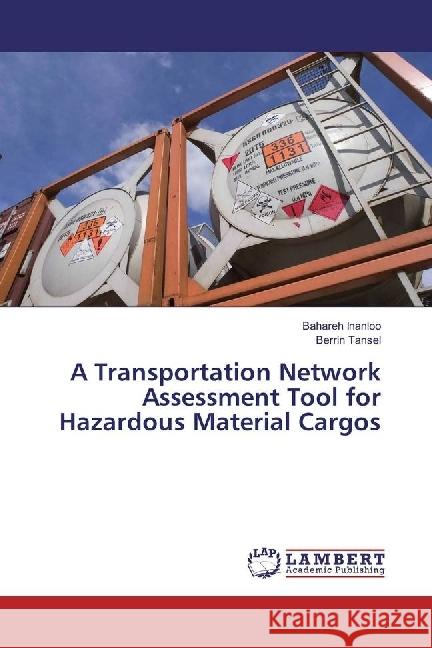A Transportation Network Assessment Tool for Hazardous Material Cargos » książka
A Transportation Network Assessment Tool for Hazardous Material Cargos
ISBN-13: 9783659977572 / Angielski / Miękka / 2016 / 212 str.
A Transportation Network Assessment Tool for Hazardous Material Cargos
ISBN-13: 9783659977572 / Angielski / Miękka / 2016 / 212 str.
(netto: 297,77 VAT: 5%)
Najniższa cena z 30 dni: 313,39
ok. 10-14 dni roboczych
Bez gwarancji dostawy przed świętami
Darmowa dostawa!
The objective of this study was to develop a routing tool for hazardous material transport, in order to experience less environmental impacts, as well as less transportation difficulties; yet, to find a path that is still compelling for the shipping carriers as a matter of trucking cost. The study started with identification of inhalation hazard impact zones and explosion protective areas around the location of hazardous material releases; considering different parameters (i.e., chemicals characteristics, release quantities, atmospheric condition, etc.). Results showed, that depending on the quantity of release, chemical, and atmospheric stability (a function of wind speed, meteorology, sky cover, time and location of accidents, etc.) the consequence of the incident can be different. Then the study was continued by selection of other evaluation criteria for further investigations, because health risk as an evaluation criterion would not be the only concern in selection of routes. Transportation difficulties (i.e., road blockage and congestion) are also an important factor due to their indirect impact/cost on the users of transportation networks.











